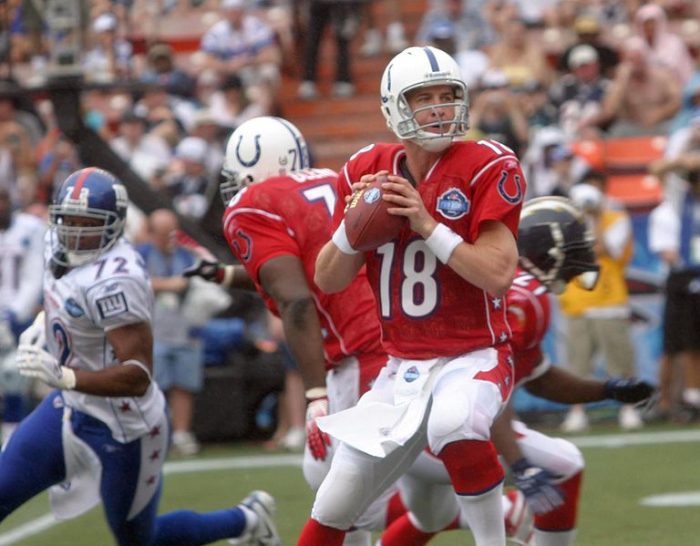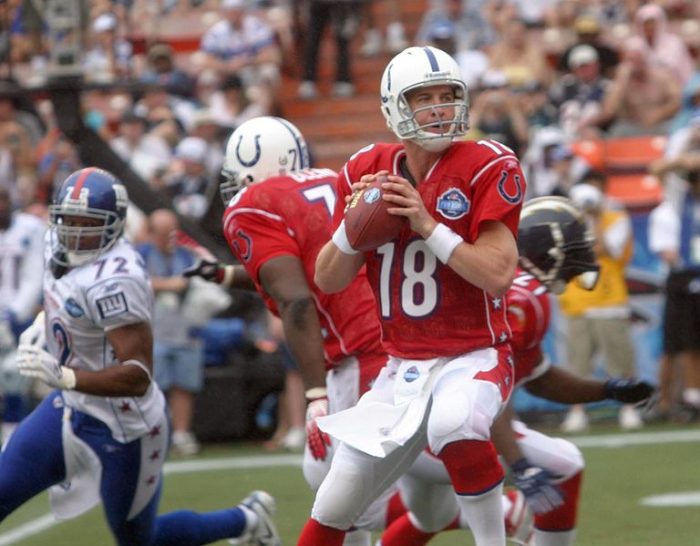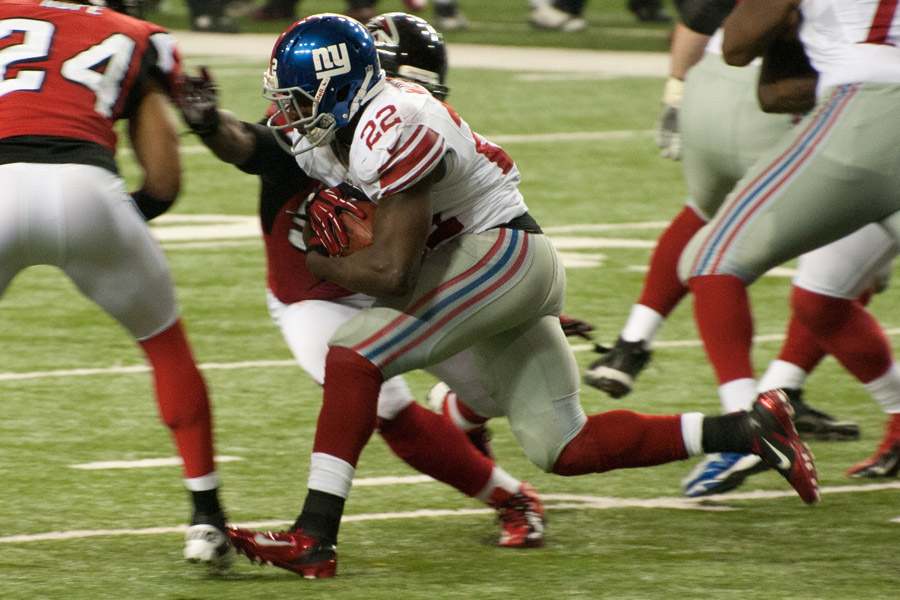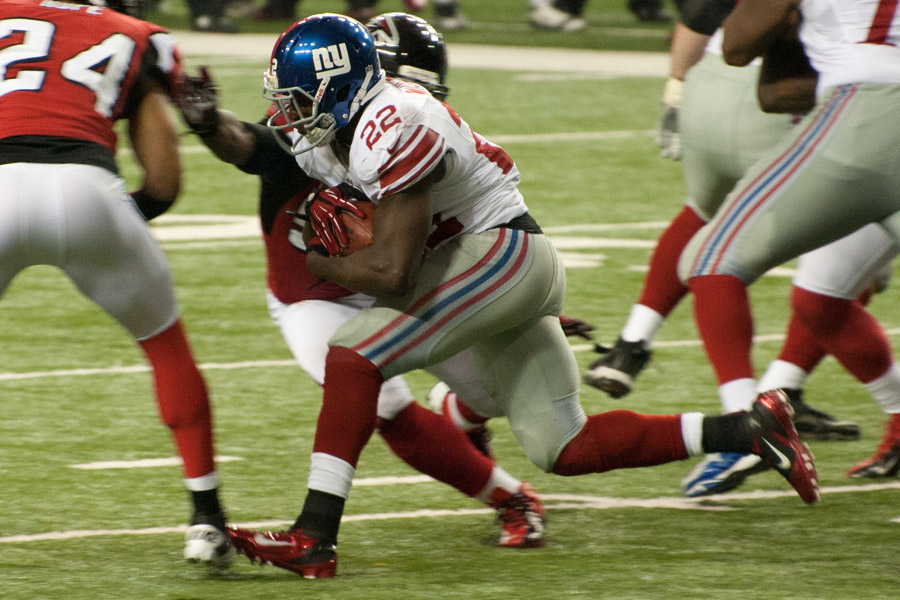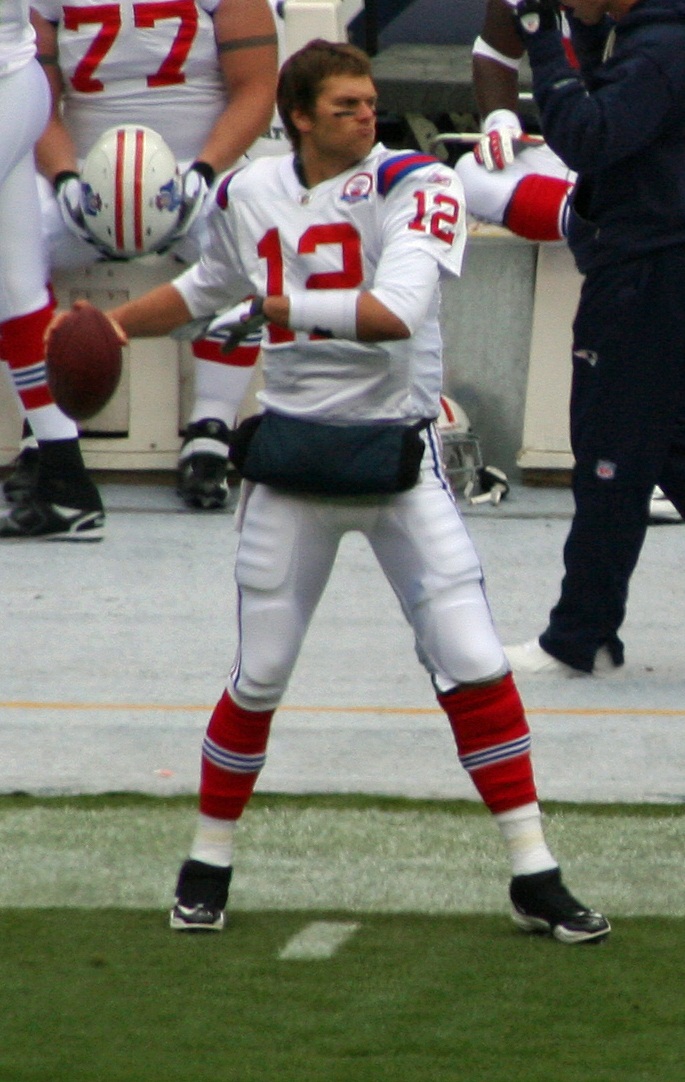
Commentary: Thursday Night’s Game
I have several thoughts to share about the Jets-Pats game:
Turn on something electronic – a TV, a computer, a phone, or for you super-rich folks, a pair of spectacles – and you’ll that the Thursday Night match-up was a dog. A wet, smelly dog shaking itself all over your living room furniture.
I loved this game for exactly this reason. Football might be pure business for front offices and media, but let’s not let their perspective cloud our enjoyment of the game. I spend way too much time dealing with the technique and strategy of the game. So do my colleagues. We need to remember that football – and life – is also a game of emotion.
How teams handle the ups and downs of mistakes, obstacles, and setbacks like bad calls and injuries is often just as important as the cold, calculated execution of strategy. We celebrate Adrian Peterson’s amazing comeback from an ACL tear by talking about how freakish of an athlete he is and the advancements in surgical technology, but we don’t acknowledge the resilience of a great football player who was able to harness the fear, the doubt, and the anger into a 2012 performance that was one of the most emotionally inspiring seasons I’ve seen on a football field.
The Patriots offense also underscores the precarious balance teams must have when it comes to patience and action in a sport with a short season. New England’s passing game is no longer the juggernaut, but it doesn’t mean that these rookie wide receivers won’t develop. Kenbrell Thompkins still had some route issues, but he also forced a pass interference penalty and came inches from making a diving catch for a touchdown if not for a throw that Tom Brady could have done a better job with. Aaron Dobson had issues with his hands technique at Marshall, but this was his first NFL game.
Yet, there isn’t a lot of time for the Patriots’ receivers to get it together and help the team succeed this season unless Rob Gronkowski can return soon and take some of the pressure off them. Otherwise the learning curve will remain steep. As former NFL Scout Dan Shonka mentioned last night, Chad Johnson is still trying the learn the Patriots offense. Keep that in mind before writing off any rookie receiver long-term.
Then there’s Geno Smith. I liked what I saw. He did a lot of good things to put his teammates into position to make winning plays. He made mistakes, but what did you really expect from him?
Smith did better than I expected with this receiving corps. The offensive line continues to show more than it did last year, too. While I get what Chris Wesseling was saying in his Friday morning “What We Learned” the Geno Smith is not ready, I think the truth is that Smith is not ready to be a fantasy football starter or a commodity that writers at NFL.com can talk about on the level of an established starter.
Smith is ready to learn on the job. He’s ready to compete and keep his team in the game. He’s ready to do what every other young quarterback has to do. The difference is the talent level he has around him to do it.
Is he as good as Luck or Wilson? No. Was what he did this week that far away from Ryan Tannehill’s performances last year? Not really. However, the mistakes will be more magnified because he’s on the team that, if Dallas is America’s team, then Jets are America’s punching bag. There’s another element at play, but I don’t have time today to provide a nuanced argument about it.
Unfortunately, I’m sure it will continue to manifest enough to write about it later.
Listens – It’s “Elvin Jones” but I can’t change my playlist on YouTube.
[youtube=http://www.youtube.com/watch?v=6bEE4K6c3xE&feature=share&list=PLX1Nx57UJgZl53eNHohk-mVzsSnylKbJu]
Thanks
New follower? Every Friday, I post links from around the web that I’m reading. You might not like all of the links, but you’ll enjoy something here. It’s also to thank you for following me, reading this blog, and buying the Rookie Scouting Portfolio. It’s the most comprehensive analysis of skill players available. And if all the scouting service reports look like the ones I’ve seen , it’s also by far the most comprehensive analysis player-for-player that you’ll find anywhere. Which frankly, is a little shocking to me, but based on how much emphasis is spent on travel and interviewing players and coaches over studying film, I’m beginning to come to grips with it.
Download the RSP for $19.95 or past issues (2006-2012) for $9.95 and 10 percent of every sale goes to Darkness To Light, an organization dedicated to preventing sexual abuse and training individuals and organizations on the dynamics involved with this criminal behavior that is an epidemic in our world.
Views I – Brady Hoke

Football Reads
- Cian Fahey Earns The FO Film Room Projector: Congrats to him getting a gig at Football Outsiders.
- Chris Brown, who knew he’d be writing this after last year’s A&M upset of ‘Bama.
- My Futures piece on Sammy Watkins
- Arian Foster, on what he’s teaching his daughter – no, it’s not technically football. Get over it and read – it’s good.
Views II – My Wife Told Me To Take Notes . . .
[youtube=http://youtu.be/sN91agpSTf8]
I told her that her five personalities need to take notes, especially the one in the corner of the classroom fabricating a shiv from a metal desk leg. Was that wrong of me to say? I know, Joe Bryant, flowers. Plenty of flowers.
Non Football Reads
- Shocker: George Zimmerman Taken Into Custody
- Hollywood’s Sassy Black Lady Problem
- What Was It Really Like to Be a Black Butler In Mid-Century Washington?
- Beyond Titstare: 8 Other Tech Moments That Were Super Awkward For Women – Or, “8 More Reasons Why An Emphasis Solely On The Sciences In Education Is Unwise”
